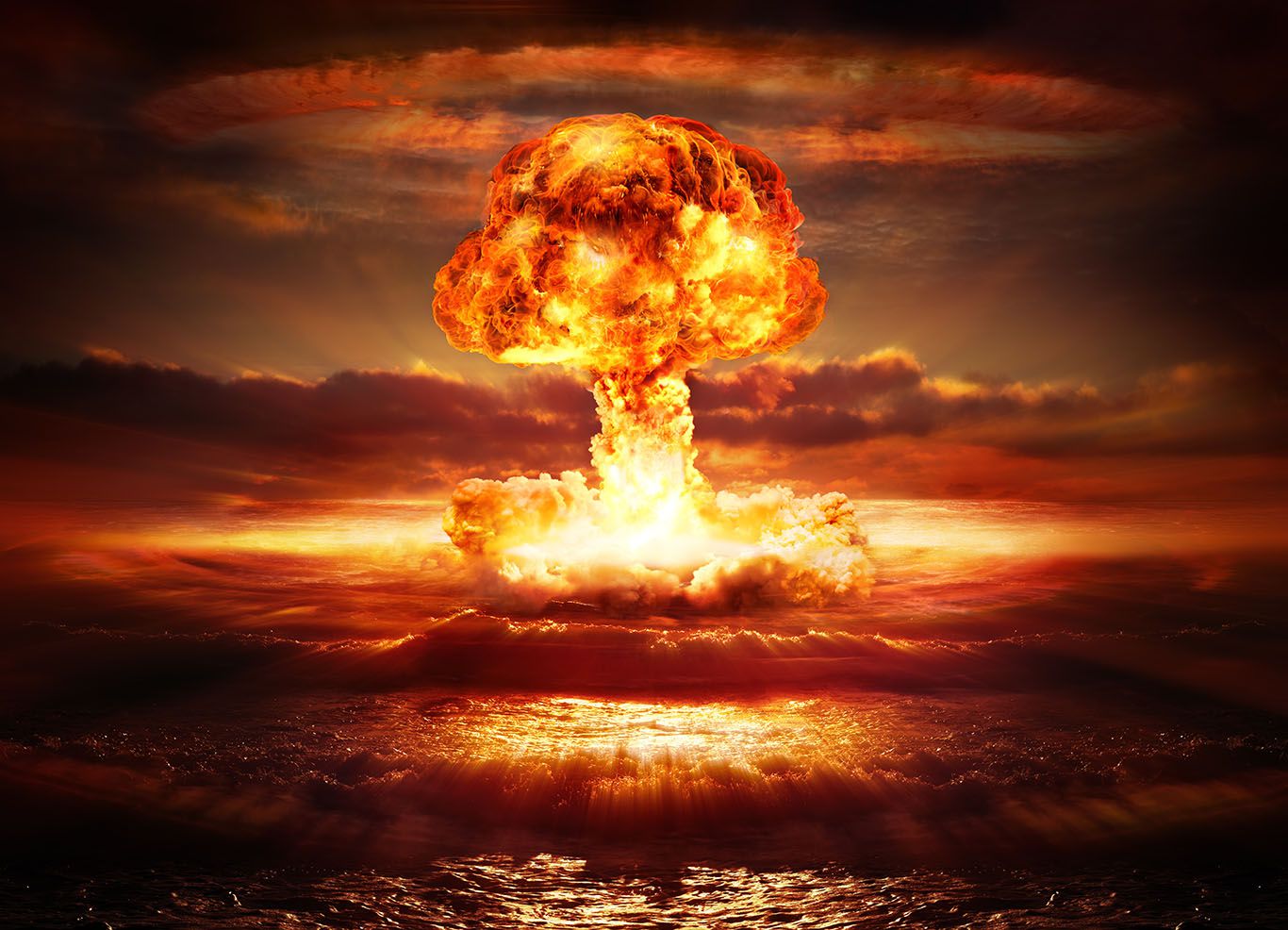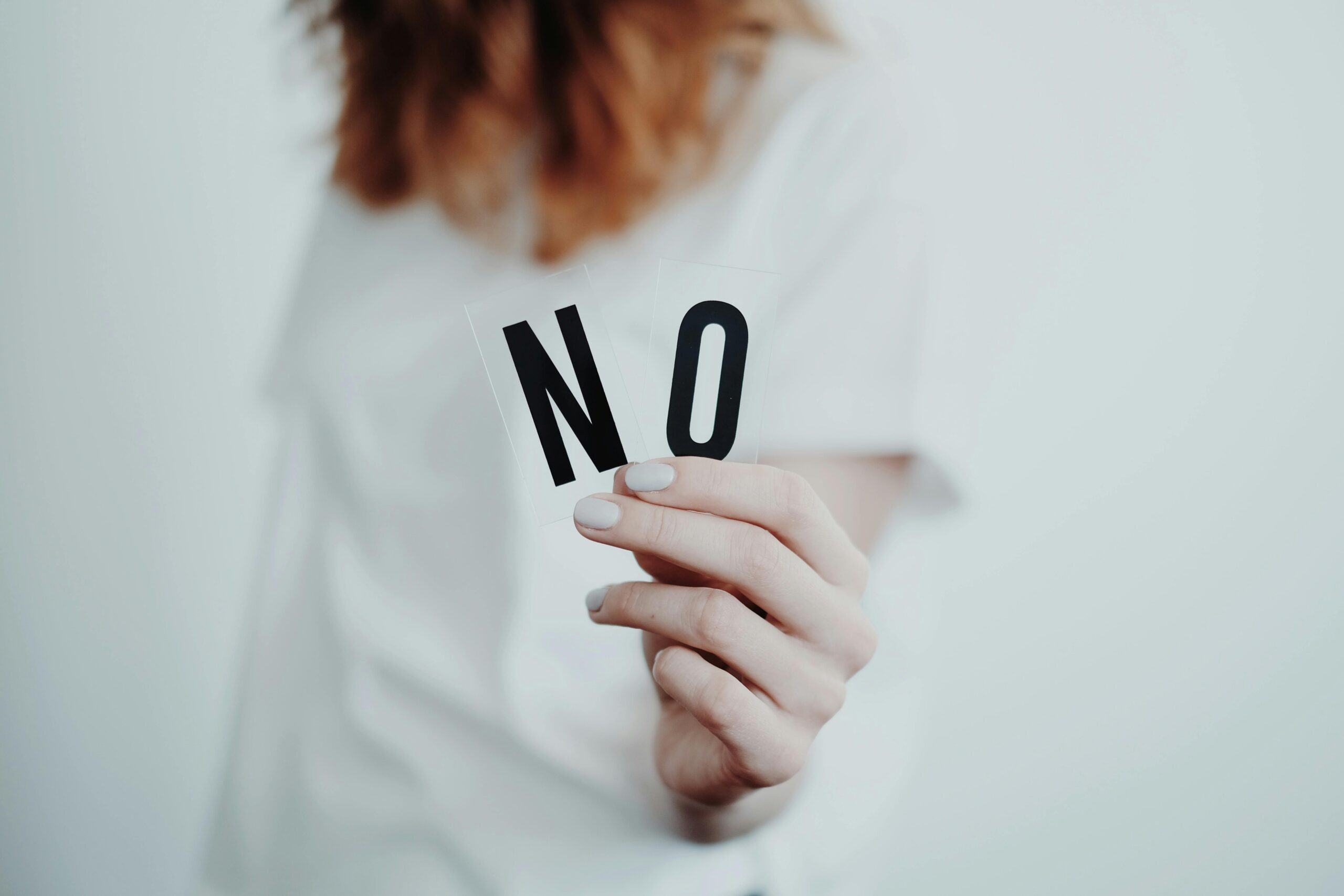The “nuclear verdict” is a term recently coined to refer to unexpectedly high damage awards that appear to exceed rational parameters in civil cases. However, verdicts with monetary awards that far exceed expectations, and/or that are considered to be inflated, outlandish or even destructive, have been considered to be a problem for at least a generation (thus the phrase “old wine, new bottles”). Despite this history, a recent and somewhat sudden growth in concern among the insurance industry and defense litigators has precipitated a renewed sense of alarm connected with damage awards that appear to be spiraling out of control, with the implication that this trend has taken hold in a more pernicious manner within recent years.
From a perspective spanning the last few decades, it appears that a new generation of lawyers is currently looking at a phenomenon that has been developing over this entire time span, bestowing a new title of “nuclear verdict.” In fact, in the 1990’s this phenomenon was called “the runaway jury” and, in fact, even a movie (based on a John Grisham novel) was made with that name.
In this 5-part blog series, we will trace the longitudinal development associated with the historical trends in this phenomenon; provide observations from scientific approaches that may be useful in shifting from speculation to more reliable factual conclusions; and address the much-needed perspective of prediction and control over these awards.
Historical Background
It appears that one key area in which concern for damage awards arose was in connection with the need to quantify the monetary value of a human life for purposes of providing jurors and other decision-makers a numerical basis for awarding dollar amounts in various kinds of wrongful death cases. A rationale entitled “willingness to pay” (WTP) was developed in which it was considered a reasonable approach to use the dollar amount that rescue and medical service providers would be willing to pay to save a life (Landefeld, J. and Seskin, E. “The economic value of life: Linking theory to practice,” American Journal of Public Health, 1982, vol. 72). These estimates centered on the $1.2 – $8.4 million range, leading damages experts for defendants to argue that no more than this interval should be awarded in a death case.
By 1984, the Agent Orange settlement of $180 million was the largest settlement in history at that time, and a benchmark of sorts had been attained. However, the following events may arguably be seen as giving rise to the initial concerns over the “runaway jury,” as it was called in the 90’s:
- In 1985, $10 billion was awarded in Pennzoil v Texaco;
- In 1994, a jury awarded $5 billion in the Exxon Valdez case;
- In 1999, a Los Angeles jury awarded $4.9 billion against GM and in the same year a North Texas jury awarded $296 million in a pipeline explosion that killed a teenage girl;
- In 2000, a Florida jury awarded $144 billion against the tobacco companies; and
- By 2001, the American Tort Reform Association began writing about “Judicial Hellholes” to account for the apparently increasing number of astronomical verdicts.
These developments were associated with contiguous articles documenting various facets of the “damages inflation” phenomenon. In one of them, we identified the stealth juror in a National Law Journal article as one of the factors in the “runaway jury” as it was called at that time (Speckart, G. “To down a stealth juror, strike first,” National Law Journal, 1996, vol 19.). Another article, more comprehensive as to causative factors, appeared in this journal almost twenty years ago (Speckart, G. and McLennan, L., “Excessive damages awards and tactics for containment,” 2002, For the Defense, vol. 44; published as a two-part article).
Causative Factors
In their 2002 article, Speckart and McLennan listed five contributing factors that give rise to excessive damage awards. The first of these are problem witnesses:
Problem witnesses
Our research from post-trial juror interviews suggests unequivocally that witness performance is the leading determinant of verdict and damage awards. More importantly, the overwhelming majority (over 70-80%) of the impact of a witness comes from the nonverbal realm (mannerisms, vocal intonation, facial expression, “body language,” and so on.). Since legal teams are typically ill-equipped to train witnesses in this murky, but critical, realm of trial performance – and since plaintiff attorneys are getting better at exploiting shortcomings in defense witness training (note the recent surge in “Reptile” tactics [Ball, D. and Keenan, D., Reptile:The 2009 Manual of the Plaintiff’s Revolution, 2009, Balloon Press, New York, N.Y.] by the Plaintiff Bar) – the result has been an upward spiral in uncontrolled jury awards. An important note here is that this issue takes hold and exerts influence not only during trial, but also before, in the deposition stage, where training is needed most urgently but is often overlooked.
Recently, even the most “prepared” witnesses have fallen victim to Reptile tactics because traditional preparation techniques are not sufficient for the emotional and psychological manipulation witnesses endure during Reptile style questioning. Four devastating psychological weapons that are typically used against defendant witness are known as: Confirmation Bias, Anchoring Bias, Cognitive Dissonance, and The Hypocrisy Paradigm (Kanasky, W. F. Derailing the Reptile Safety Rule Attack, 2016 www.courtroomsciences.com). The combination of these powerful psychological weapons doesn’t influence witnesses; rather, it controls witnesses.
Interestingly, some recent witness training methods that are grounded in political debate theory invite defense witnesses to duel with opposing counsel. Specifically, a witness is instructed to use a preemptive strike of sorts by anticipating where the questioner will go and proactively inserting a defense-oriented explanation before the questioner can complete his or her line of questioning. The goal of this technique is to disrupt opposing counsel’s series of leading questions to prevent being “trapped” by the questioner later down the line. These deliberately evasive maneuvers were born in the political arena and are referred to as “pivoting.” Mock jury data clearly illustrates that a witness who consistently pivots or preemptively tries to beat the questioner to the punch is often described as “dodging” and “sidestepping” questions. Furthermore, witnesses who are seen as evasive and defensive tend to anger jurors and exponentially multiply damages.
A savvy plaintiff attorney begins to salivate when a defense fact witness launches into an argument or attempts to explain away unfavorable issues in the case. This results in a mismatch in relative skills: the defense witness is completely out of his or her element, fighting on foreign soil, and attempting to out-argue a professional trial lawyer. The consequences of such an approach are often devastating to the defense’s case because poor deposition testimony inevitably transfers to courtroom testimony and can trigger a nuclear verdict by the jury (Kanasky, W. F., Chamberlain, A., Eckenrode, J. T., Campo, J. R., Loberg, M., & Parker, A. “The effective deponent: Preventing amygdala hijack during witness testimony,” For the Defense, 2018, vol. 60).

Be confident in achieving superior litigation outcomes. CSI has the expertise, track record, and capabilities to help you win.



